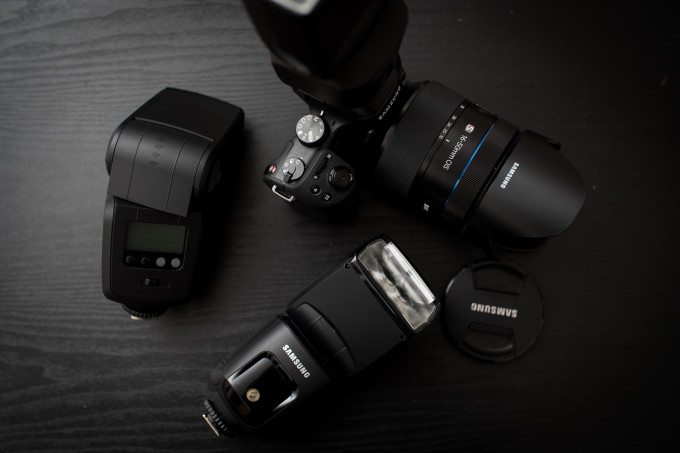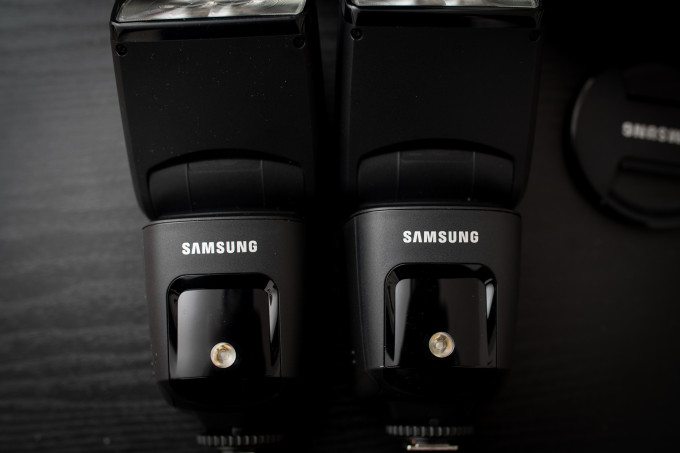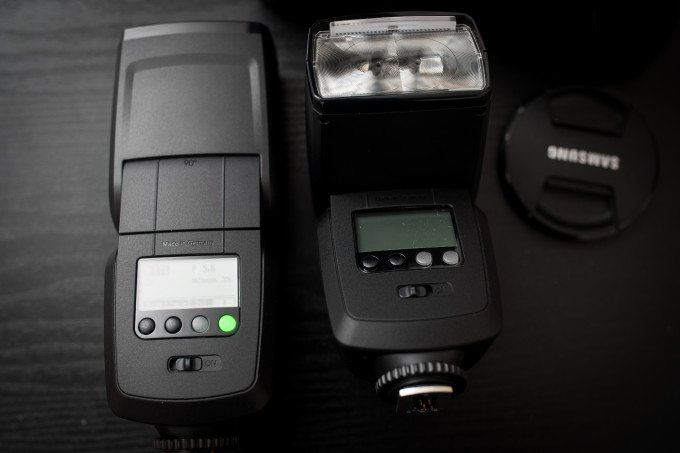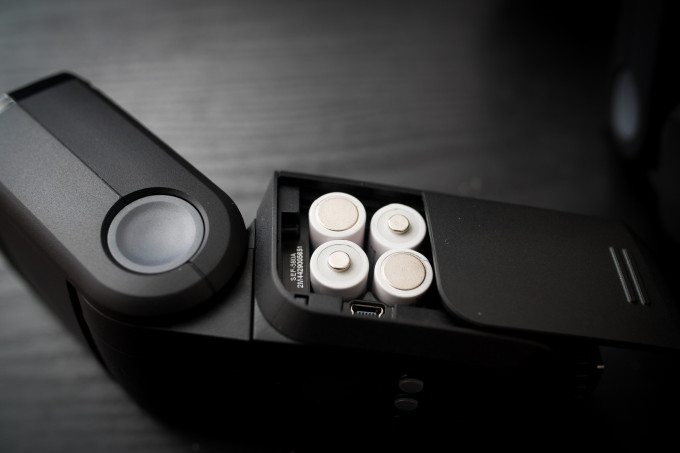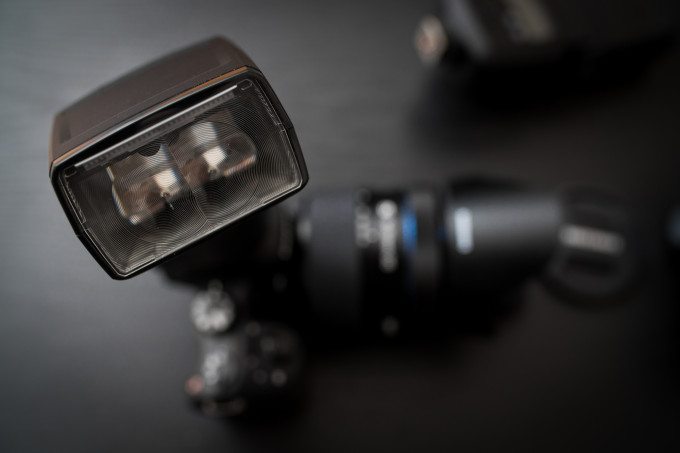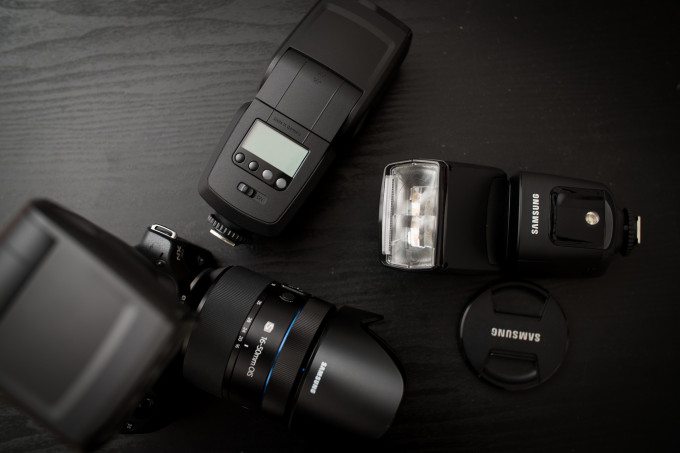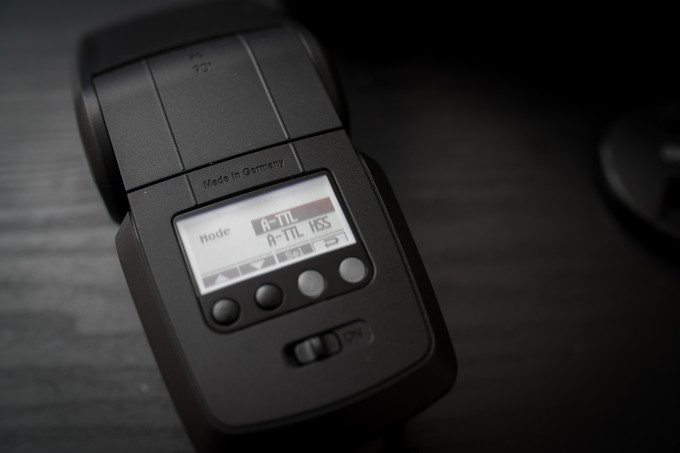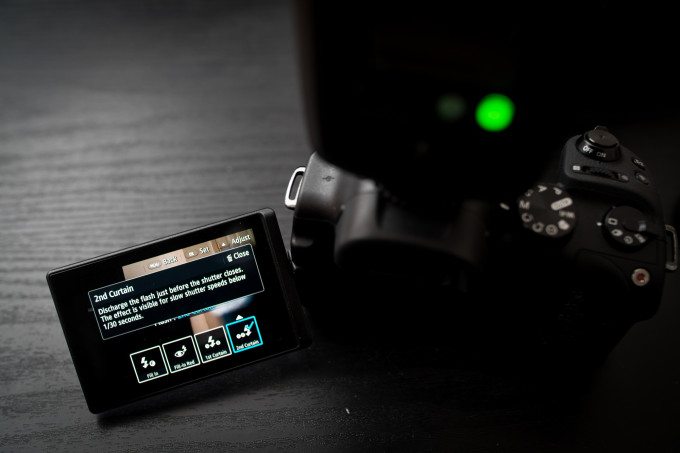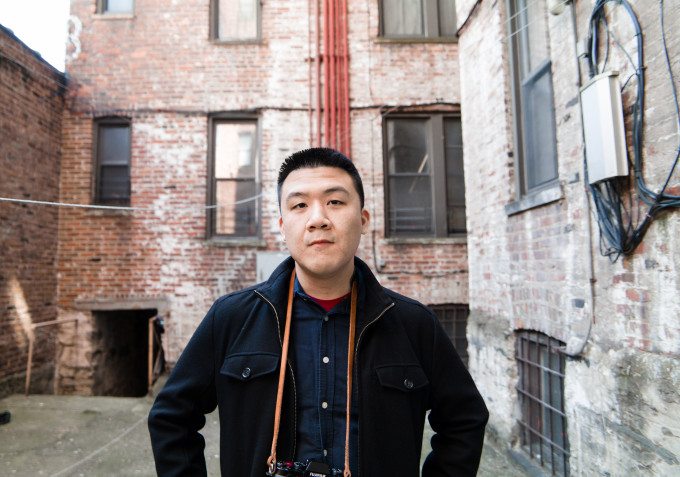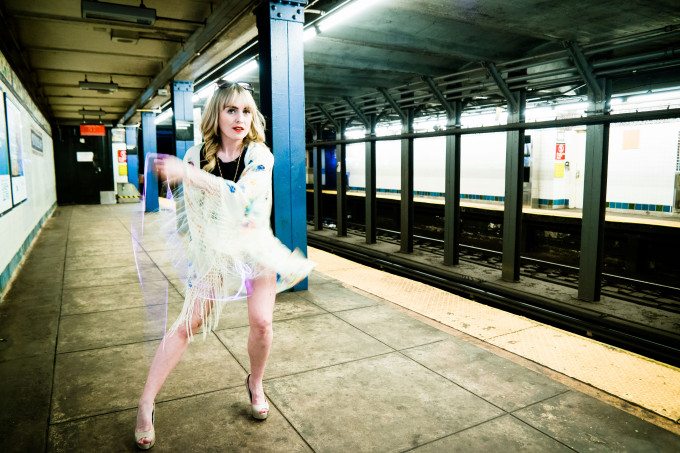Samsung has been on a roll for a while with new technology in their lenses and cameras, but we should never forget about the other integral part of a camera system: flash. Not long ago, Samsung introduced the ED-SEF580, a Guide Number 58 flash that is meant to be used in the hot shoe of your camera or used off-camera and triggered via infrared transmission.
With enough of them around, a very excellent flash setup can be arranged–though that can become quite costly. For the most part, they’re very on par with what many other manufacturers offer. In general though, we have to be honest and state that at this point in the technology game, we expect much more from Samsung.
Pros and Cons
Pros
– Nice light output, but fairly weak
– Simplistic controls, perhaps the most simplistic of any camera system out there.
– Lightweight though feeling a bit plasticy
– Powerful enough for most jobs
Cons
– By this point, we expect radio transmission to be in the flash from one of the most connected companies in the world.
– Build quality could be a bit better
Gear Used
We tested the SEF580 with the Samsung NX30, 12-50mm f2-f2.8, 50-150mm f2.8, and other SEF580 flashes. For one shoot, we stuffed it inside of the Chris Gampat Beauty Dish hack.
Tech Specs
Specs taken from the B&H Photo listing of the flash.
| Mount | Shoe |
| Guide No. | 190.29′ (58 m) ISO100 at 105 mm position |
| Exposure Control | Manual/TTL |
| Angle of Coverage | 78° – 27° Horizontal 60° – 20° Vertical |
| Vari-Power | 1/1 – 1/256 |
| TTL Dedication | Yes |
| Bounce Head | 0° to +90° |
| Swivel Head | 300° |
| Coverage | 12 mm – 105 mm (Full frame) |
| Zoom Head | Full frame: 24 mm – 105 mm |
| Recycle Time | Approximately 5 – 6 seconds |
| Flash Duration | 1/125 – 1/33000 sec |
| Flash-ready Indicator | Yes |
| Wireless Communication Channels | 4 Channels |
| Wireless Groups | 3 Groups |
| Power Source | 4x AA Alkaline, Lithium, Rechargeable Ni-MH Batteries |
| Dimensions (WxHxD) | 2.8 x 5.2 x 3.5″ / 71.0 x 132.0 x 90.0 mm |
| Weight | .76 lb / 345 g |
Ergonomics
On paper, the Samsung SEF580 flash seems pretty awesome for the enthusiast, and for the most part, it is. Most of its design adheres to typical flash designs from other companies. We start our ergonomic tour by coming to the front. Here you can scout out the infrared sensors that the flashes use to detect other flashes so that they can trigger.
Turn around to the back and you find the few minimal controls that the flash has. The back of the SEF580 is mostly characterized by an LCD screen that you can use to figure out the settings they’re working with. Here is where you also find the power switch along with the hot shoe foot and securing wheel.
The Samsung SEF580 uses four AA batteries. That’s good to know when you’re out shooting in the field, so stock up.
The flash has a head that swivels around into pretty much any direction that you can think of except below. The head also includes a wide angle diffuser for larger surfaces that need to be covered.
Build Quality
The Samsung SEF580 is nice, small and lightweight, but it can also be looked at as having a fairly cheap build quality. We’ve felt more affordable and solid feeling flashes and for the build quality we have to truthfully admit that the SEF580 feels a bit overpriced.
Beyond this, it has no real port access for triggering the flashes with PocketWizards or anything else like that. We’re not sure why though.
Ease of Use
Despite our qualms about the build quality, one of the strongest features of the SEF580 is just how simple they are to use. Controlling the flashes via the LCD screen just requires you to press a couple buttons, scroll through and make your according settings.
In practice, when a flash is mounted in the hot shoe and triggering others, it’s probably best to use the camera’s menu system to adjust the flash settings. In fact, this is what we usually ended up doing.
With the pop-up flash, you aren’t able to do things like second curtain sync. This makes me a sad panda.
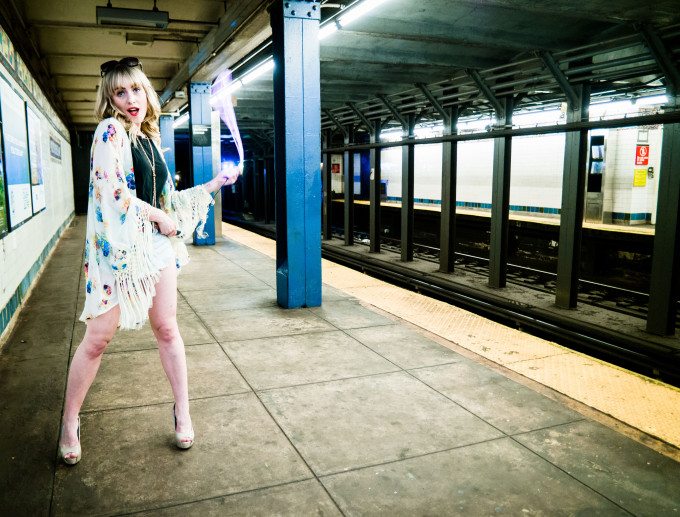
When it comes to actual use in field, nothing is simpler than having to go to the camera’s flash settings, choose the type of flash setting that you want and then pressing the up button to make fine adjustments like exposure compensation. Again, it’s probably the most simple and straightforward system that we’ve used that just makes sense. We’re not sure why Sony, Nikon, Canon or Olympus don’t really do something similar. In fact, we will go as far as saying that these companies could learn from Samsung about simplicity for the user.
Image Quality
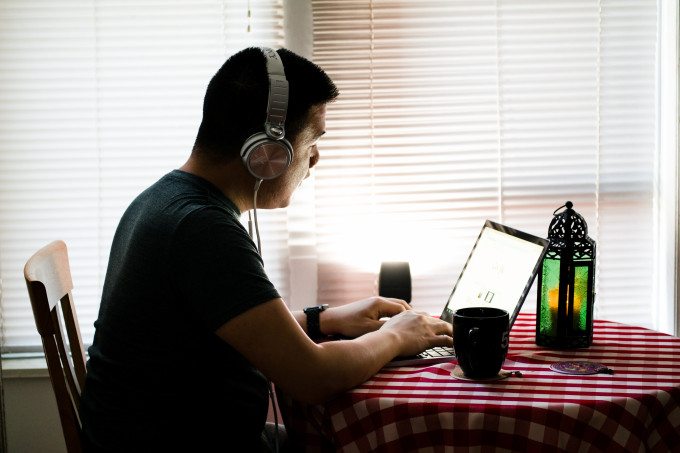
If you’re going to want to get serious about your photography, know that you’re going to need a lot of Samsung SEF580 flashes. Portraits? We felt like they were sometimes too weak unless we cranked the ISO setting up beyond ISO 400. To be fair, this is when the flash was either bounced off of a wall or put into a light modifier at all. But if all you’re doing is pointing it at the ceiling, firing and forgetting, it may not be too terrible in most instances.
As far as color consistency goes, this flash is pretty on point. During our shoots, we had barely any color shifts that we’ve come to otherwise expect from hot shoe flashes.
Color Consistency
When it comes to shooting headshots, one of the last things that any photographer wants are color shifts. This is incredibly important because you’re dealing with skin tones. Knowing color theory and working with the color channels in Lightroom can help, but you won’t need it as badly with this flash.
And trust us, that’s a relief.
Power Output
If shooting outside with lots of ambient light and sunlight, then you won’t have much of a problem. Go Urbexing with this flash or move to a significantly lower lit situation and you’ve got a whole nother problem. Again, you’ll need to crank up your ISO even with the lens wide open, but alternatively what you can do is add more flash output.
Extra Image Samples
Conclusions
Likes
– Small, lightweight
– Simplistic controls
Dislikes
– Not powerful enough for many uses beyond general, casual use
– Needs internal radio control
The Samsung SAF580 flash is a nice flash for the casual shooter doing close ups and flash work that doesn’t require very much intricacy. Essentially, it should be mounted in your hot shoe and stay in it unless you’re blending the light output with natural light and diffusing the flash. But even then, we think that it should have incorporated radio control and more power.
We rate the Samsung ED-SAF580 three out of five stars. It’s great for general use, but not so much for creative applications. Want one? Check out the B&H Photo listing for more.


